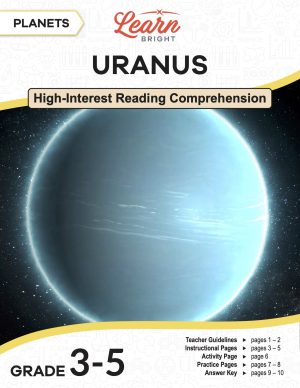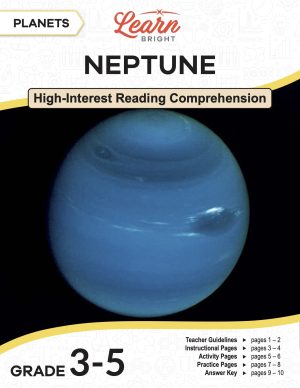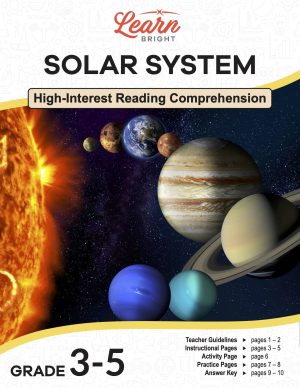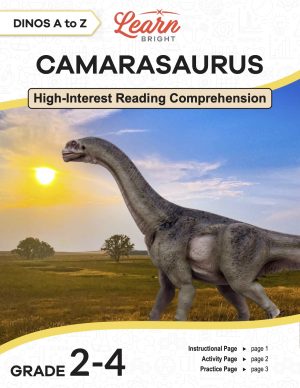Description
What our Compose 2D and 3D Shapes lesson plan includes
Lesson Objectives and Overview: Compose 2D and 3D Shapes teaches students how to compose both 2D and 3D shapes for mathematics. At the end of the lesson, students will be able to compose two- dimensional or three-dimensional shapes to create a composite shape and compose new shapes from the composite shape. This lesson is for students in 1st grade.
Classroom Procedure
Every lesson plan provides you with a classroom procedure page that outlines a step-by-step guide to follow. You do not have to follow the guide exactly. The guide helps you organize the lesson and details when to hand out worksheets. It also lists information in the blue box that you might find useful. You will find the lesson objectives, state standards, and number of class sessions the lesson should take to complete in this area. In addition, it describes the supplies you will need as well as what and how you need to prepare beforehand. The supplies you will need for this lesson include construction paper, scissors, and glue.
Options for Lesson
Included with this lesson is an “Options for Lesson” section that lists a number of suggestions for activities to add to the lesson or substitutions for the ones already in the lesson. One optional adjustment to the lesson activity is to have your students create a self portrait instead of a city out of shapes. If you’d like to add an additional activity to the lesson, you can bring pictures of composite 3D shapes in to your class and ask your students to find which shapes are in the photo. Your students can also use pattern block templates to create different animals or objects and then count and name the shapes they used.
Teacher Notes
The teacher notes page includes a paragraph with additional guidelines and things to think about as you begin to plan your lesson. This page also includes lines that you can use to add your own notes as you’re preparing for this lesson.
COMPOSE 2D AND 3D SHAPES LESSON PLAN CONTENT PAGES
2D Shapes
The Compose 2D and 3D Shapes lesson plan includes three pages of content. 2D shapes have both length and width and are the easiest, and most common, shapes to draw. The lesson includes a list of various 2D shapes and the numbers of sides each has. They include: circle (1 side), square (4 sides), triangle (3 sides), rhombus (4 sides), semi-circle (2 sides), oval (1 side), rectangle (4 sides), parallelogram (4 sides), pentagon (5 sides), hexagon (6 sides), heptagon (7 sides), octogon (8 sides), nonogon (9 sides), and decogon (10 sides).
We create composite shapes using two or more existing shapes. You can create them by joining together two or more shapes or by breaking a shape into smaller shapes. The lesson looks at both of these methods.
You can create a square using two, or four, triangles! The lesson includes a drawing of this. Composite shapes can be fun because you can create them by cutting or partitioning a shape into many different shapes. For example, a trapezoid can contain both a triangle and a parallelogram inside of it.
3D Shapes
3D shapes have length, width, and depth. 3D shapes are basically 2D shapes that we stretch to create a 3D object. We can also create composite 3D shapes by joining more than one together. Some examples of 3D shapes include: cube, cuboid, cone, triangular prism, sphere, square-based pyramid, hexagonal prism, and cylinder.
Ice cream cones are composite 3D shapes, because they’re a cone and a sphere put together! Houses are also 3D composite shapes because they’re cuboids with a triangular prism on top.
COMPOSE 2D AND 3D SHAPES LESSON PLAN WORKSHEETS
The Compose 2D and 3D Shapes lesson plan includes three worksheets: an activity worksheet, a practice worksheet, a homework assignment, and a quiz. You can refer to the guide on the classroom procedure page to determine when to hand out each worksheet.
TOWN BUILDING ACTIVITY WORKSHEET
Students will work in small groups to complete the lesson activity. Each group will work on large pieces of poster board to create their own town out of shapes. Students can build either a specific building or section or town or create an entire town. They will construct 3-5 composite shapes to create their town.
MAKING SHAPES PRACTICE WORKSHEET
For the practice worksheet, students will make new shapes using the instructions on the worksheet. For example, they will turn a square into two triangles.
COMPOSE 2D AND 3D SHAPES HOMEWORK ASSIGNMENT
The homework assignment asks students to look at objects and color in the corresponding shapes that you need to use to create them.
Worksheet Answer Keys
This lesson plan includes answer keys for the practice worksheet and the homework assignment. If you choose to administer the lesson pages to your students via PDF, you will need to save a new file that omits these pages. Otherwise, you can simply print out the applicable pages and keep these as reference for yourself when grading assignments.









